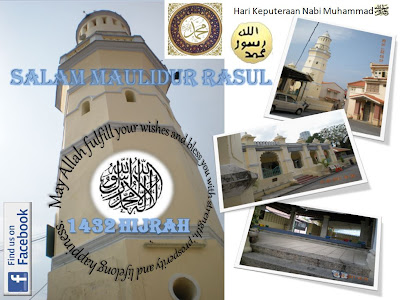"Medical students (often senior ones) dominated the presidency and other positions for the greater part of the first 3 to 4 decades. Some of them included Mahmud Merican, Toh Ban Hock, John Ramanathan, Khalid Hassan, Maurice Choo, K Prabhakaran, Christie Tan, Peter Lee, Tan Chi Chiu, Eugene Sim, Fidah Alsagoff, Lee Hung Ming, James Hui, Lee Chiern Earn, Ruban Poopalalingam, and Shanker Pasupathy."
Dr Khalid Hassan is from a village in Pasir Mas, Kelantan, Malaysia.
Dr Khalid Hassan had the following academic and professional qualifications:
MBBS (S'pore), MRCP (UK), MRCPath, DCP (Lond), DTM & H (B'kok)
Dr Khalid Hassan had served at three places (not in order):
- Dr Khalid Hassan, MBBS (S'pore), MRCP (UK), MRCPath, DCP (Lond), DTM & H (B'kok), Head, Department of Haematology, Institute for Medical Research, Jalan Pahang, 50588 Kuala Lumpur, Malaysia
- Dr Khalid Hassan, Ampang Puteri Specialist Hospital Suite 1-2, KL, Malaysia. Tel: +60-3-4270-2500. Specialisation: Haematology
- Dr Khalid Hassan, MRCP(UK) FRCP(Lond.) FRCPATH, Pakar Haematologi, PUSRAWI
Requests:
- There is a request from Singapore from a colleague of Dr Khalid Hassan who wishes to meet with him. [2011]
- There is a second request from his classmate who wanted to contact him. [2020]
- Mohd Azman bin Che Soh (Pasir Mas / Johor). He was Dr Khalid Hassan's patient in 1970s. Facebook
--------------
Feedback:
According to his son, his father is practising at Grimsby in England.Found on LinkedIn:
 |
| Dr Khalid Hassan |
Khalid Hassan
Consultant Haematologist
Medical Consultants (UK) Ltd
Greater Reading Area
----------------
I'm uncertain whether this is also him?
This is another link on Conflict of Interest Register:
https://www.uhb.nhs.uk/Downloads/pdf/ConflictOfInterestRegister1920.pdf.pdf (accessed 19 July 2021)
Timestamp: 12/11/2019 15:01
Your name: Khalid Hasan
Role: Consultant Anaesthetist/Head of Academy
Interests to declare: Yes
Declaration 1: type of interest: Outside employment
Declaration 1: dates: on going
Declaration 1: org/company: K&T Therapy
Declaration 1: description: Deliver healthcare to NHS and private
Declaration 1: mitigation: No impact
Declaration 2: type of interest: Outside employment
Declaration 2: dates: ongoing
Declaration 2: org/company: Private practice
Declaration 2: description: I do private practise at BMI Priory and Edgbaston Hospitals.
Declaration 2: mitigation: Total separation of NHS and private work. All declared in appraisals.
----------------
TQ
Prof Faridah
TQ
Prof Faridah













































